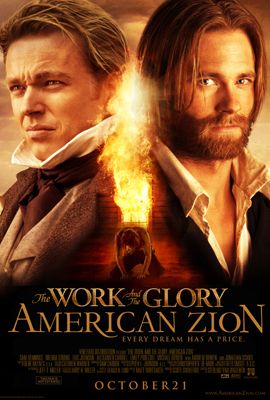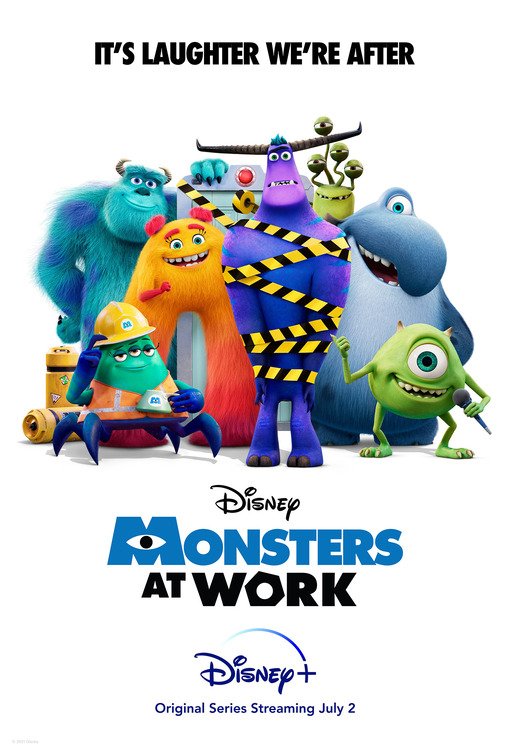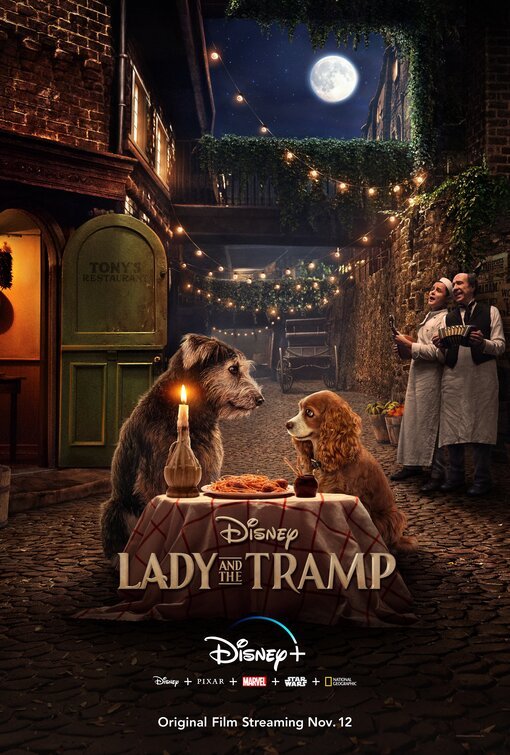"Hagiography"

| None | Light | Moderate | Heavy | |
|---|---|---|---|---|
| Language | ||||
| Violence | ||||
| Sex | ||||
| Nudity |
What You Need To Know:
This is a Mormon movie for Mormons and Mormon converts. Like the worst movies of other religions, it is too black and white, too poorly acted and directed, and too dull. Characterization replaces characters and preachiness replaces storyline. In terms of history, the movie is a revisionist hagiography painting Joseph Smith as this heroic, persecuted, perfect, good-looking character whereas his enemies are all vile, ugly, uncouth villains. It also ignores the theological abhorrence of controversial Mormon teachings.
Content:
(PaPaPa, FRFRFR, CC, RHRHRH, APAP, M) Extreme Mormonism with many positive references to Jesus in prayers and ceremonies including alleged miraculous events, healings and prophecies, as well as very strong revisionist history that makes early Americans who oppose Mormonism look bad; no foul language, but children talk back to father, couples argue vehemently and vile epithets are put into the mouths of non-Mormons; lots of violence, although the budget is too small to make it look realistic, such as Joseph Smith and his followers are beaten, strung up, whipped, tarred and feathered, burned out of their homes, kicked, couple fights, woman breaks bottle over man's head, man throttles, people cut by glass, women and babies forced to go on long march in freezing snow and some die, childbirth, etc.; kissing and childbirth; no nudity; drinking to drunkenness; smoking; and, rebellion against authority, corrupt government officials, and a steady stream of Mormon propaganda.
More Detail:
There are several ways to criticize a movie. In terms of technical production quality, AMERICAN ZION looks good. In terms of acting, however, it is weak, with the Joseph Smith character too often looking smug instead of inspired. In terms of character, the reason for each of the many characters’ actions are often not clear and sometimes not even apparent. In terms of story, the movie is surrealistic: it starts where the first movie left off and ends abruptly without reaching a climax or a resolution. In terms of history, the movie is a revisionist hagiography painting Joseph Smith as this heroic, persecuted, perfect, good-looking character whereas his enemies are all vile, ugly, uncouth villains. Many of the common known details of the history are left out. In terms of theology, it would be difficult to understand what objections anybody had to Smith and his followers since they do not engage in polygamy, they pray in the name of Jesus, they sing Christian hymns, and they all exhibit all the characteristics of a minor denomination.
Based on the second in a series of novels by Gerald N. Lund, the movie opens abruptly with Smith performing the marriage ceremony between Nathan Steed and Lydia in secret to protect them from the Non-Mormons. Nathan’s father, Ben, is not happy with the marriage because Ben has not become a Mormon. The movie is the story of Ben’s prolonged and tedious conversion. Ben’s other son, Joshua, is extremely anti-Mormon and becomes primary persecutor of the cult. He is enraged that Nathan has his girl. This is a very flimsy family feud on which to construct a whole movie.
Joseph Smith tells all of his followers to leave Elmyra, New York and head for Kirkland, Ohio. It is never clear why they leave, but many just walk away from their farms and belongings to follow this very smug, self-righteous character.
When they get to Kirkland, Smith orders them to build a Mormon temple. Ben argues that they should build houses first. Eventually, the towns people start to dislike the Mormons, so an advance party goes to Missouri to buy land to settle. However, Joshua Steed is in Independence, Missouri. He organizes anti-Mormon sentiment. With the governor and a mob, he tars and feathers the Mormon printing office, burns their villages and drives the women out to take a long march across the snow barefoot. Some die on the long march. His wife and child, who converted to Mormonism, are on the march, but they do not die.
Joseph Smith hears about these events and organizes an army of Mormons to march a thousand miles to reclaim their American Zion. When they get there, the forces against them are overwhelming. Smith calls down the forces of Heaven, and the enemy is driven off. Even so, Smith changes his prophecy and goes back to Kirkland with his befuddled followers.
In the movie, Smith is a charismatic leader. He prophesizes in the name of Jesus, performs a miracle healing in the name of Jesus, suffers persecution in the name of Jesus, and organizes the Mormon Church. His flaws are minimized. His villains are vilified. They are rotten to the core and seem to have no reason for persecuting the Mormons. There’s no hint of polygamy. The families seem happy and sign hymns together and otherwise seem like nice people who are misjudged at every turn.
Clearly, this is a Mormon movie for Mormons and Mormon converts. Like the worst movies of other religions, it is too black and white, too poorly acted and directed, and too dull. Characterization replaces characters and tedious preachiness replaces storyline and plot. If one did not understand the theological abhorrence of Mormon teachings, one would think this was a low grade Christian movie.



 - Content:
- Content: 



